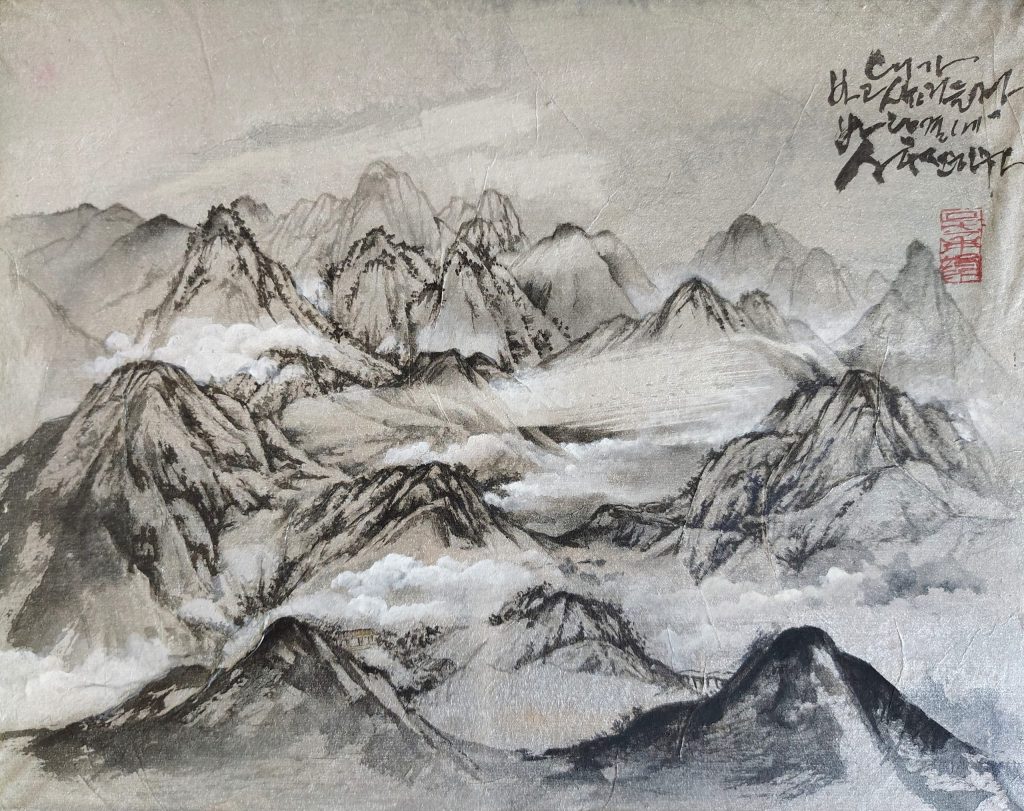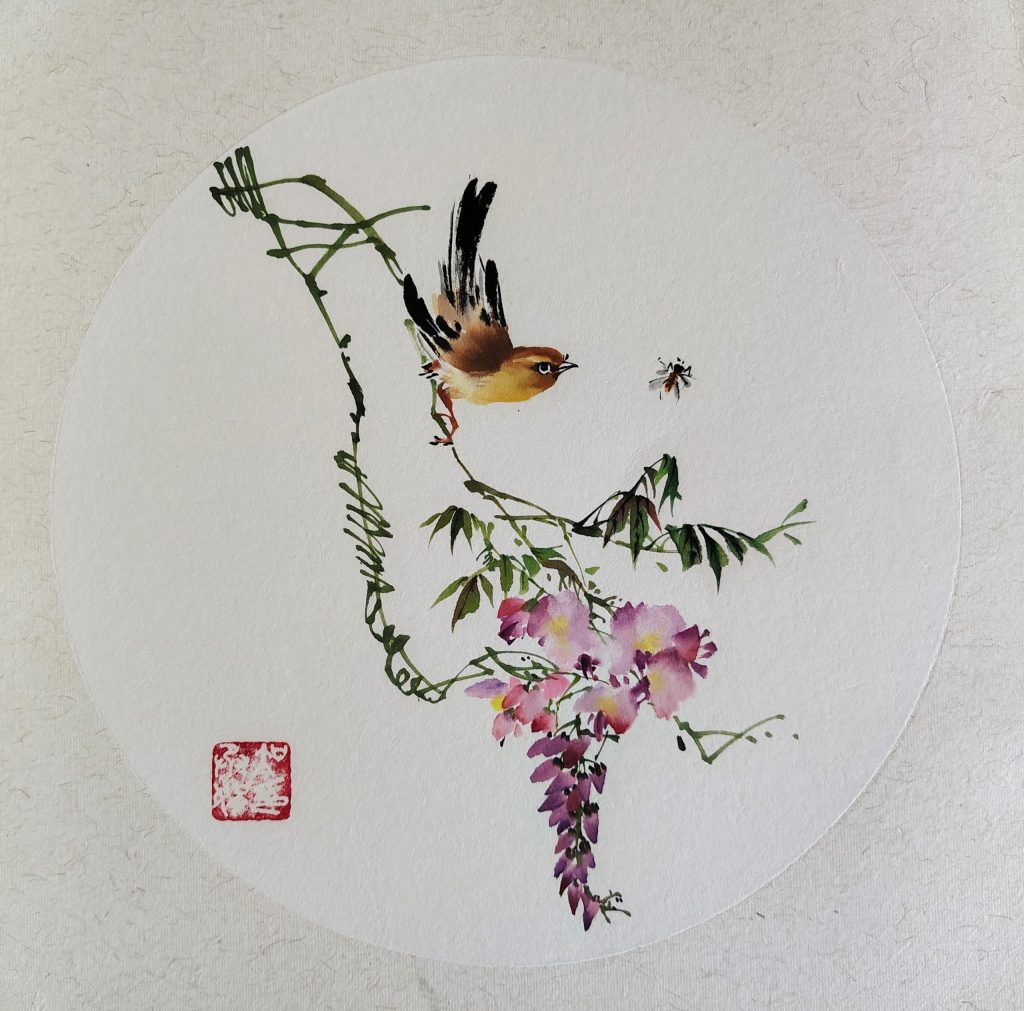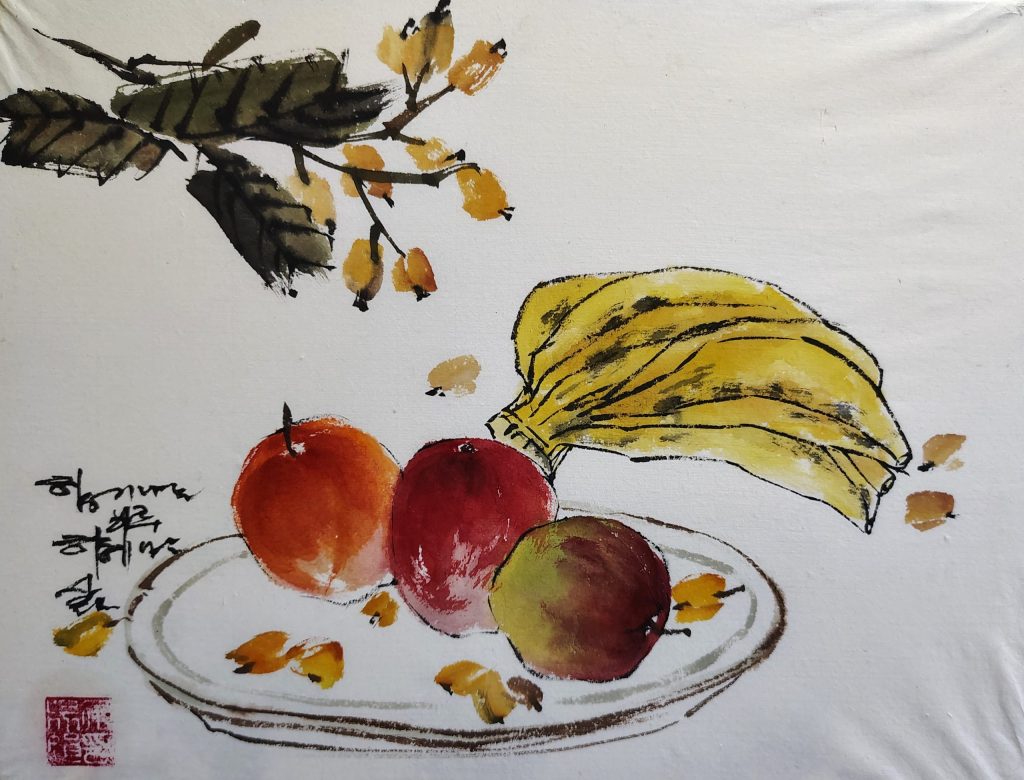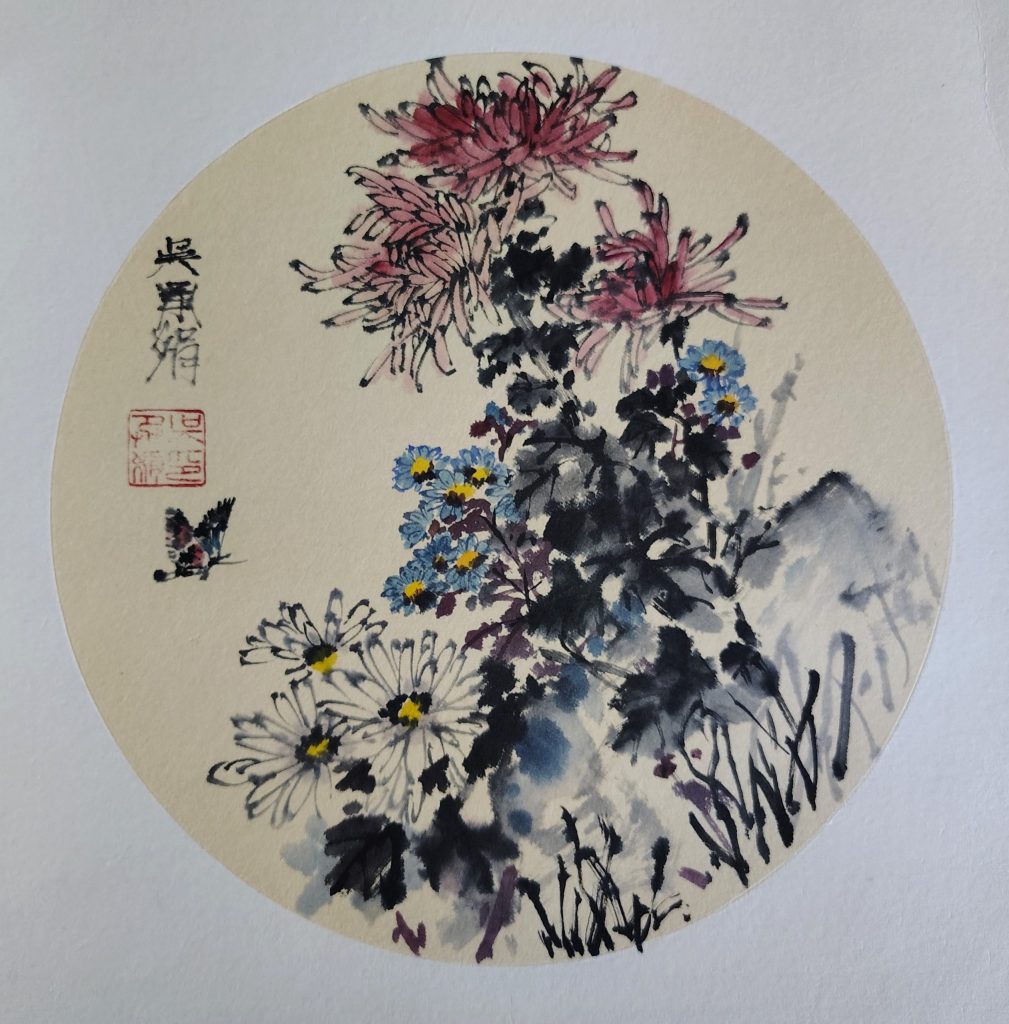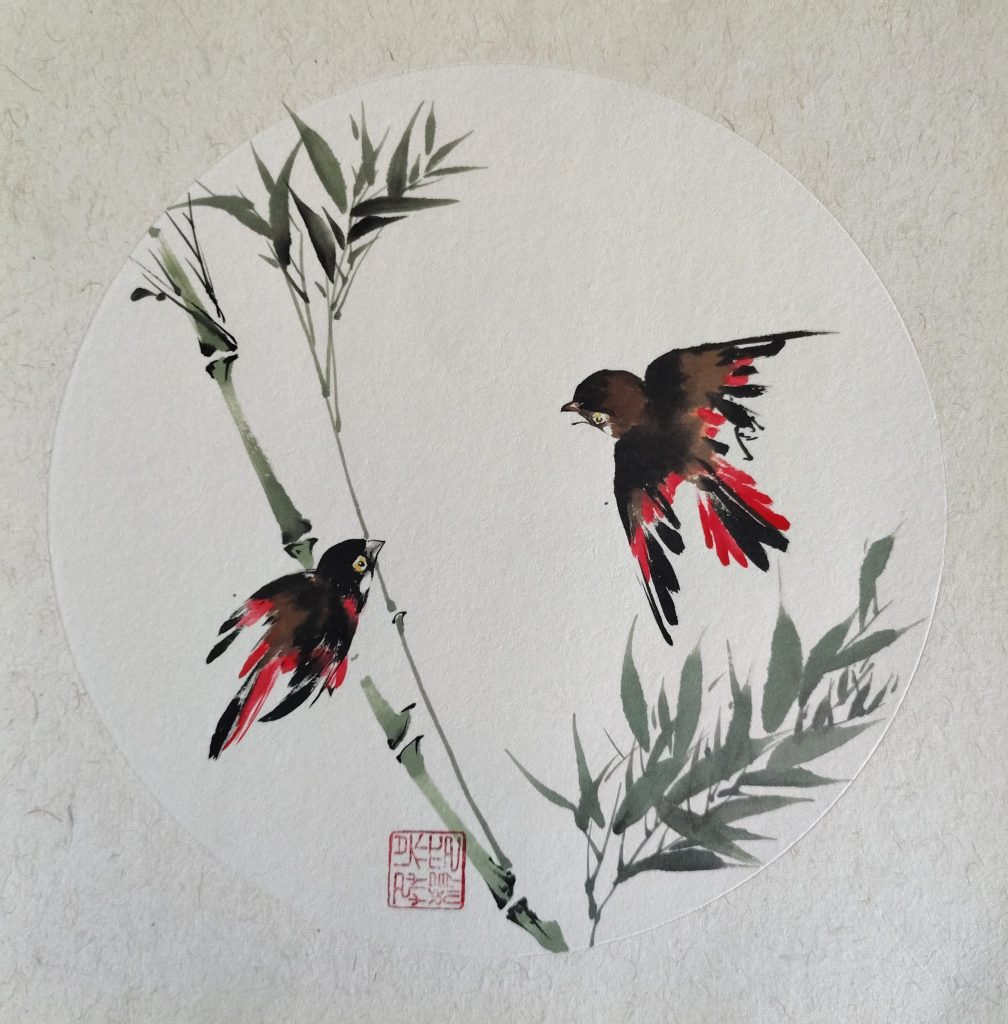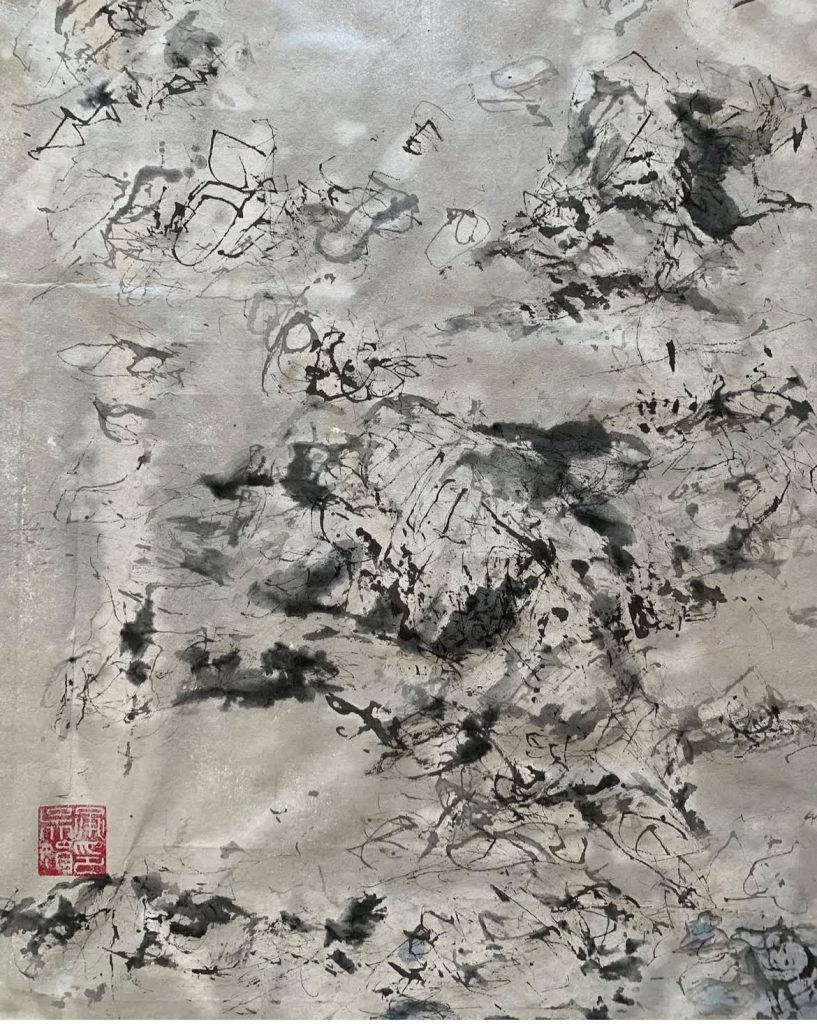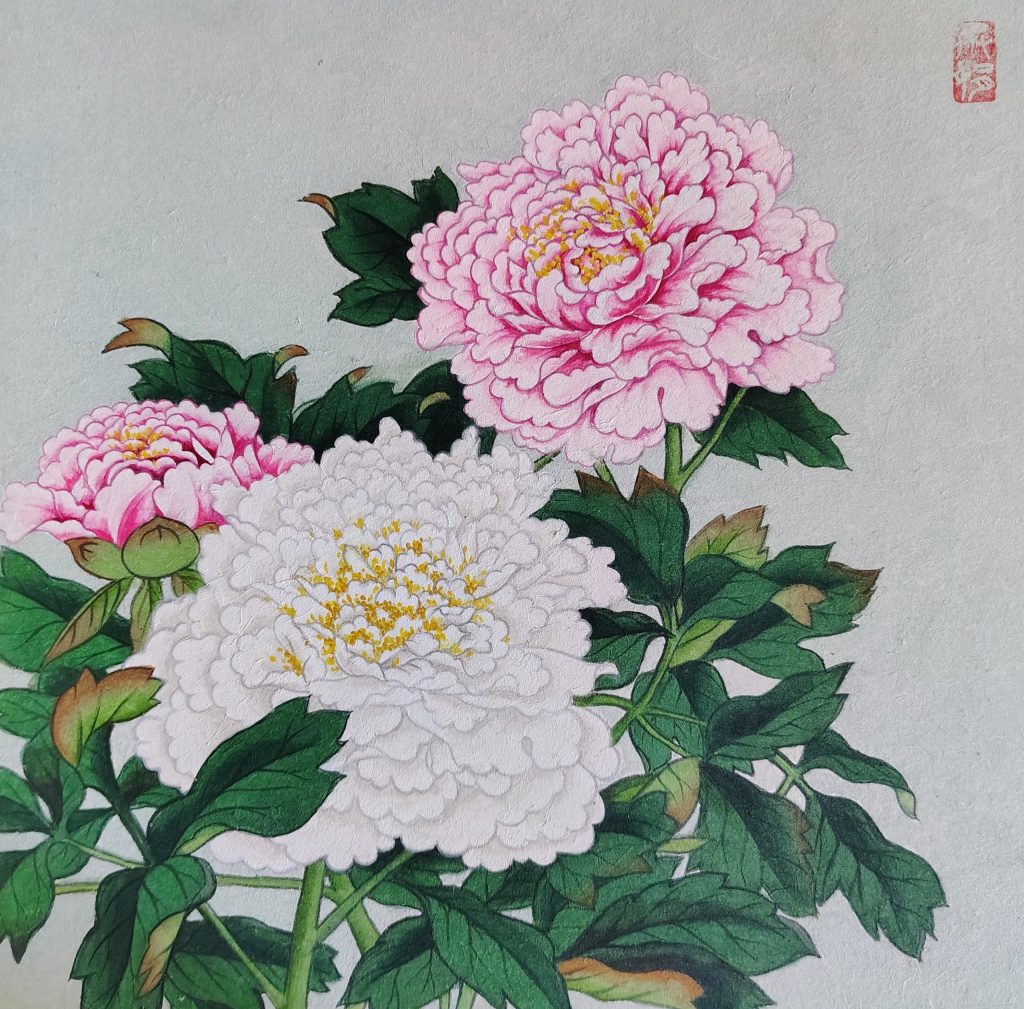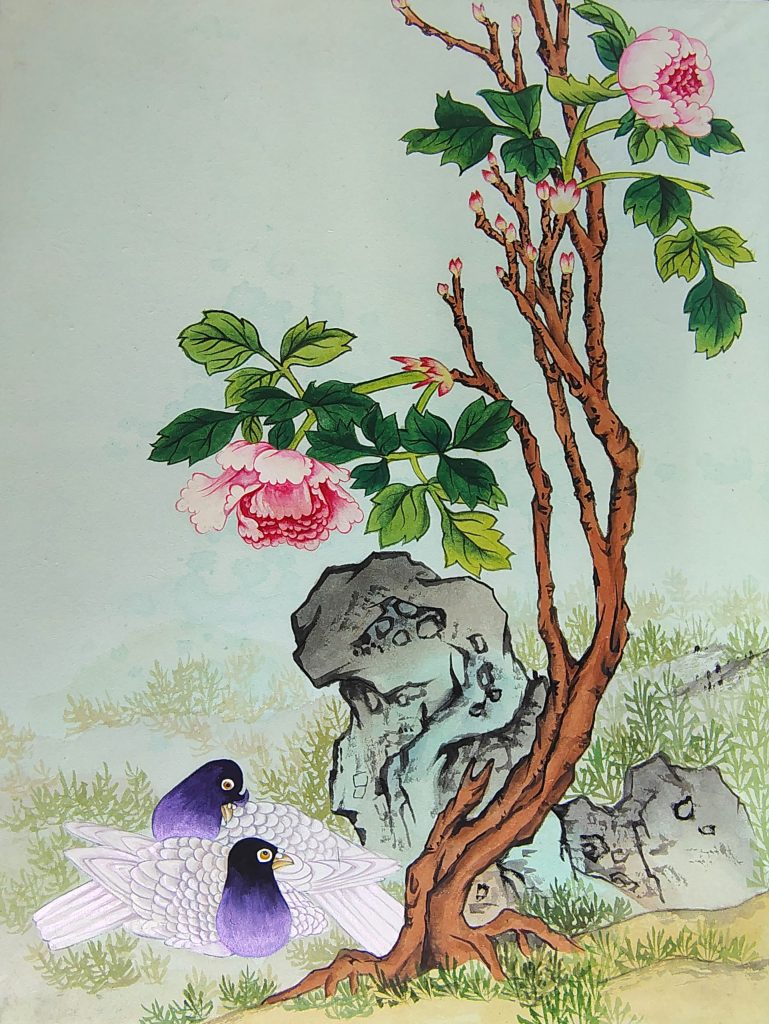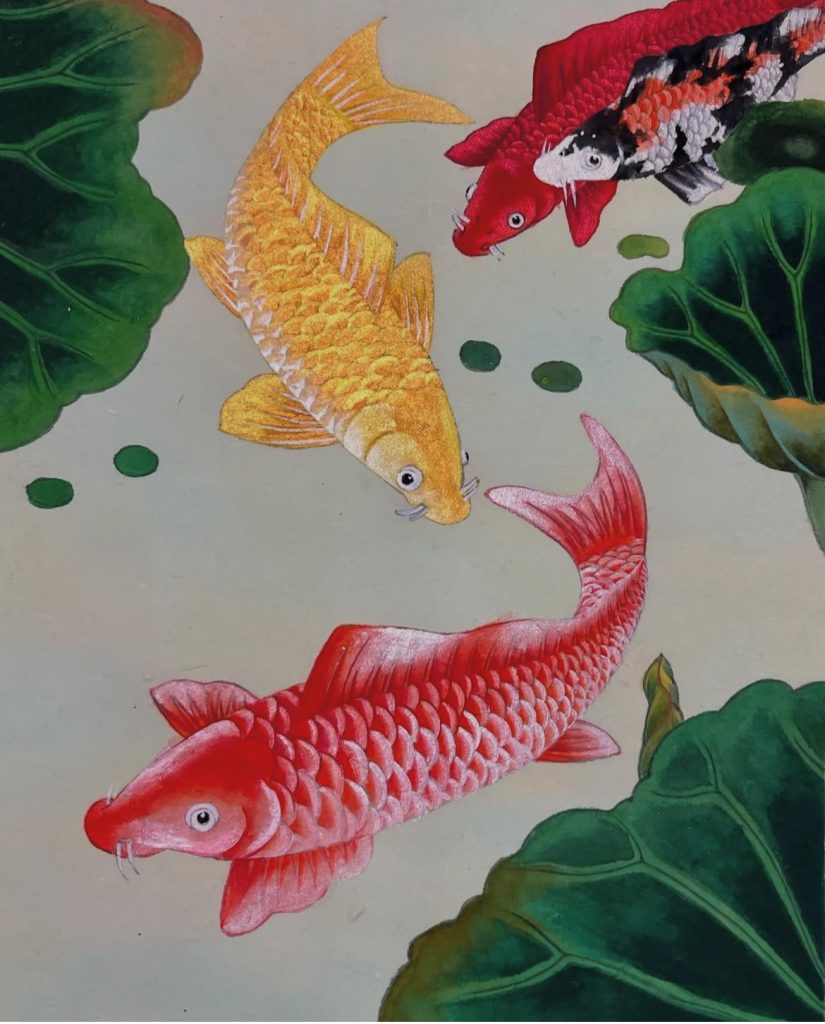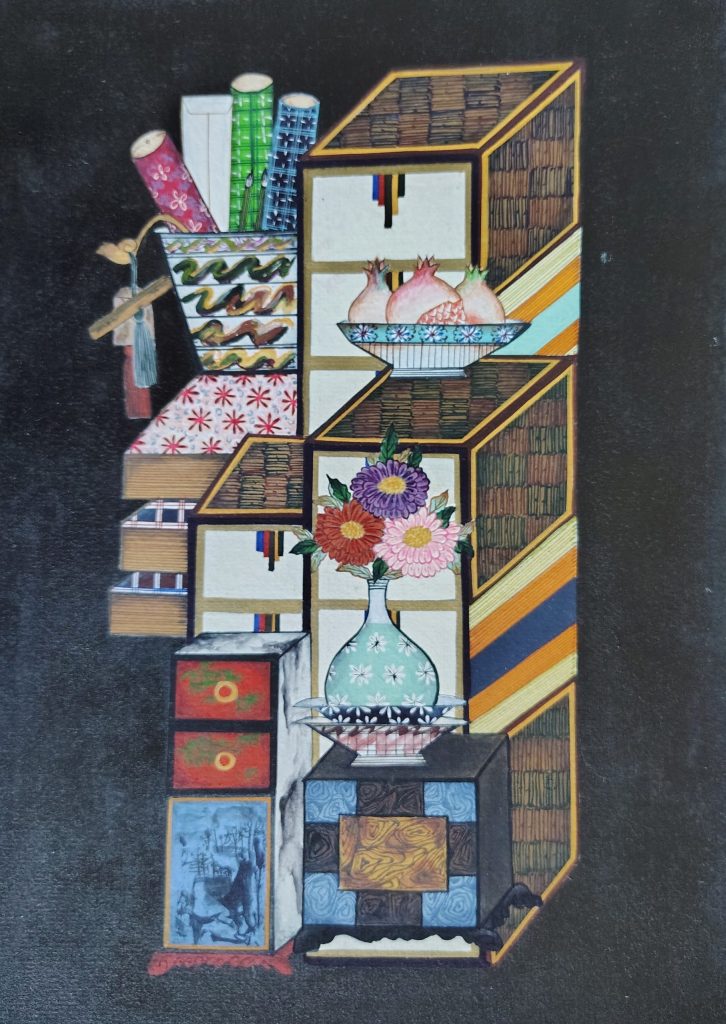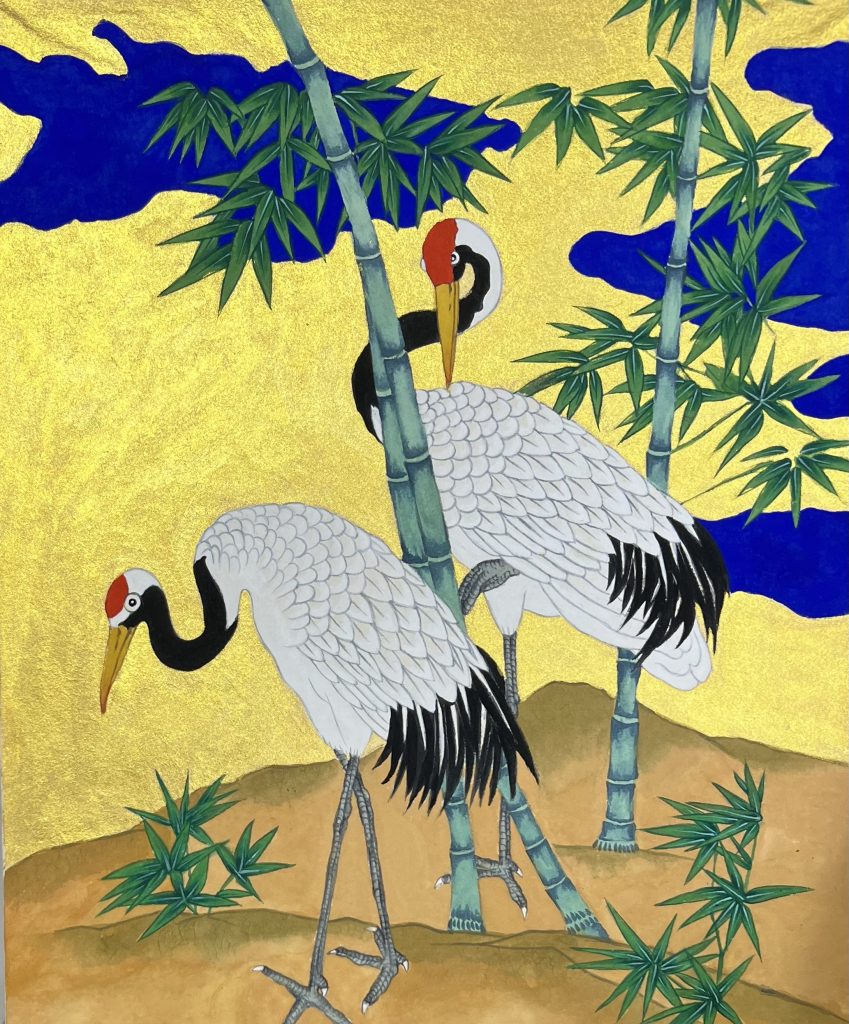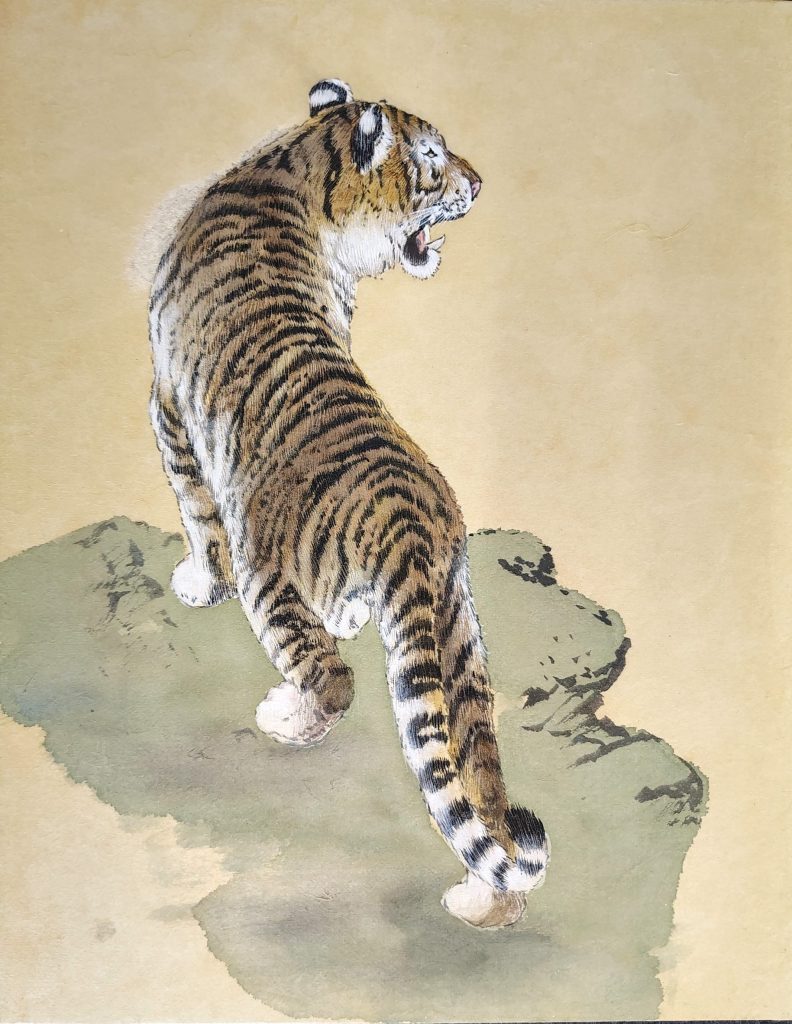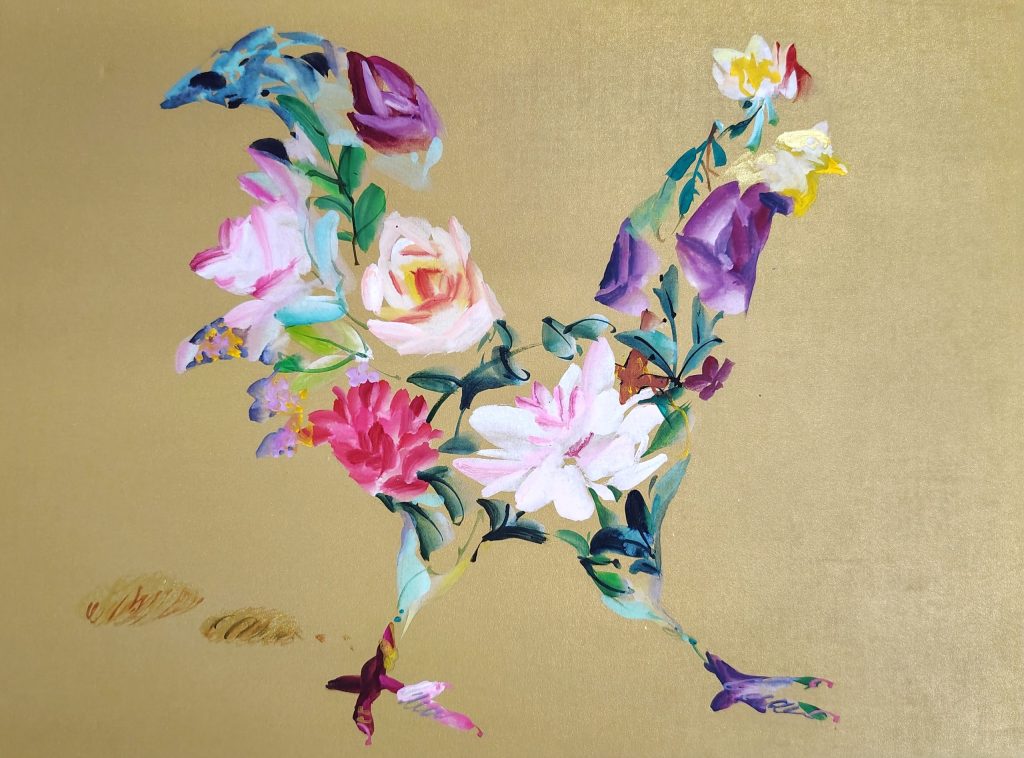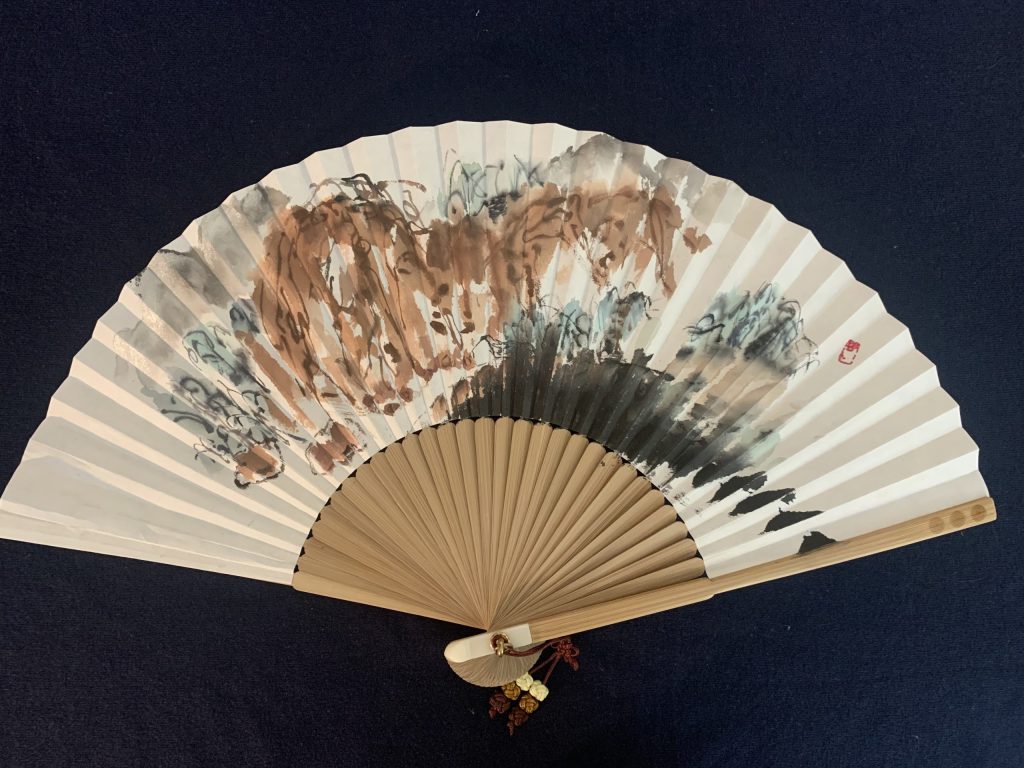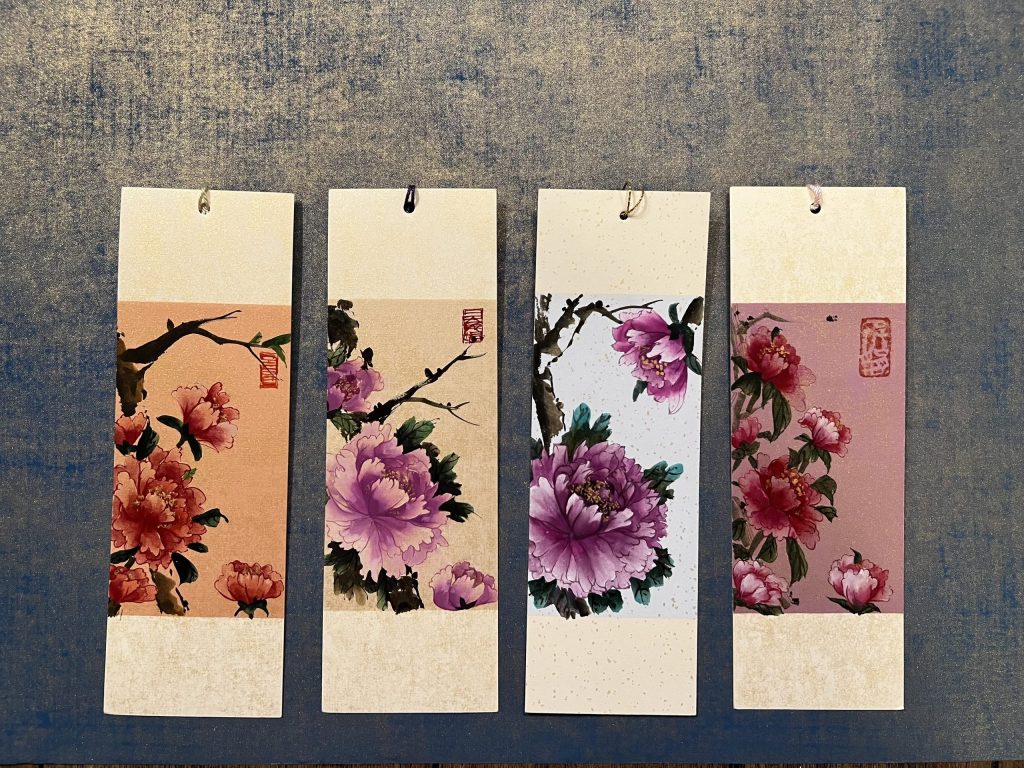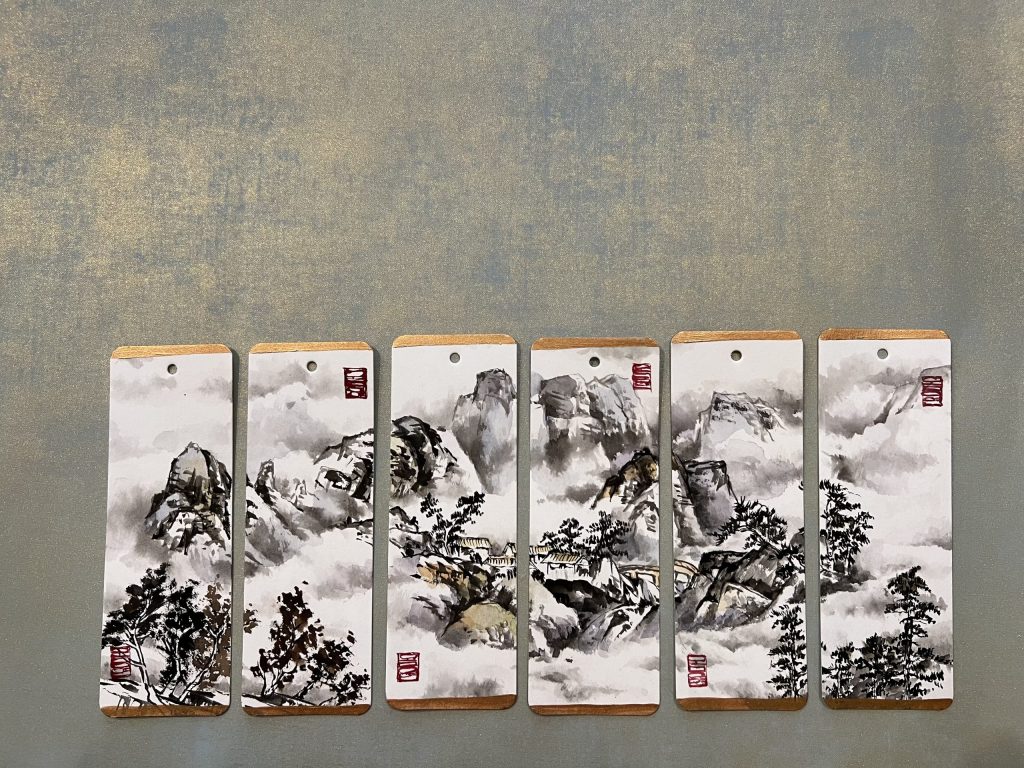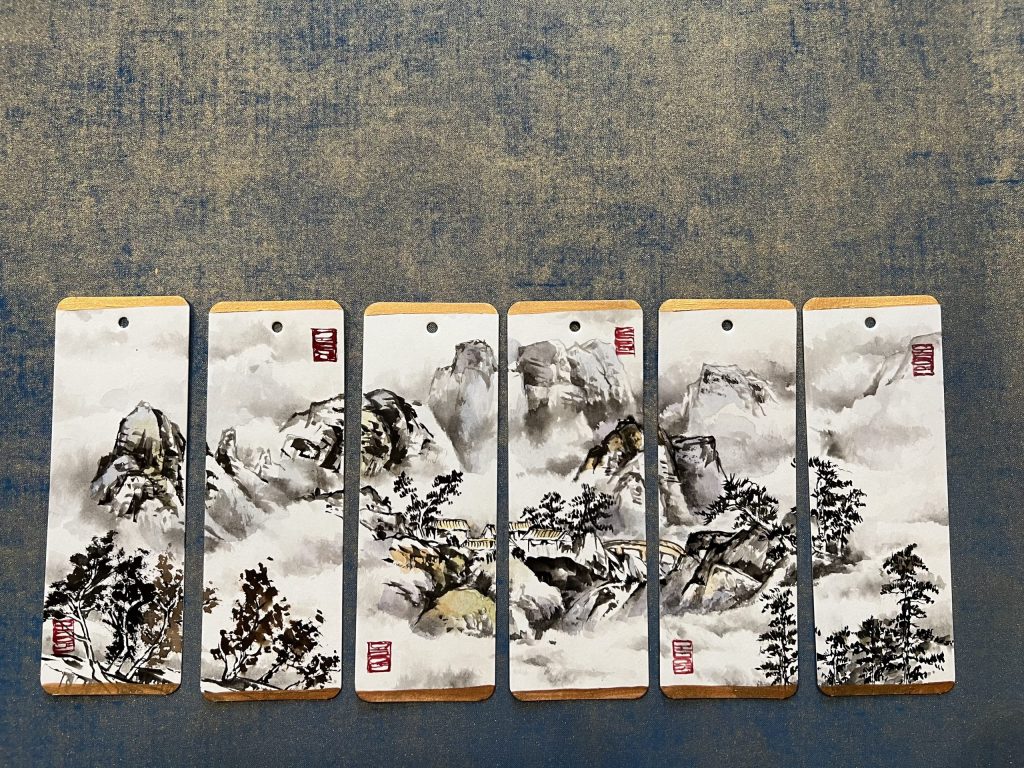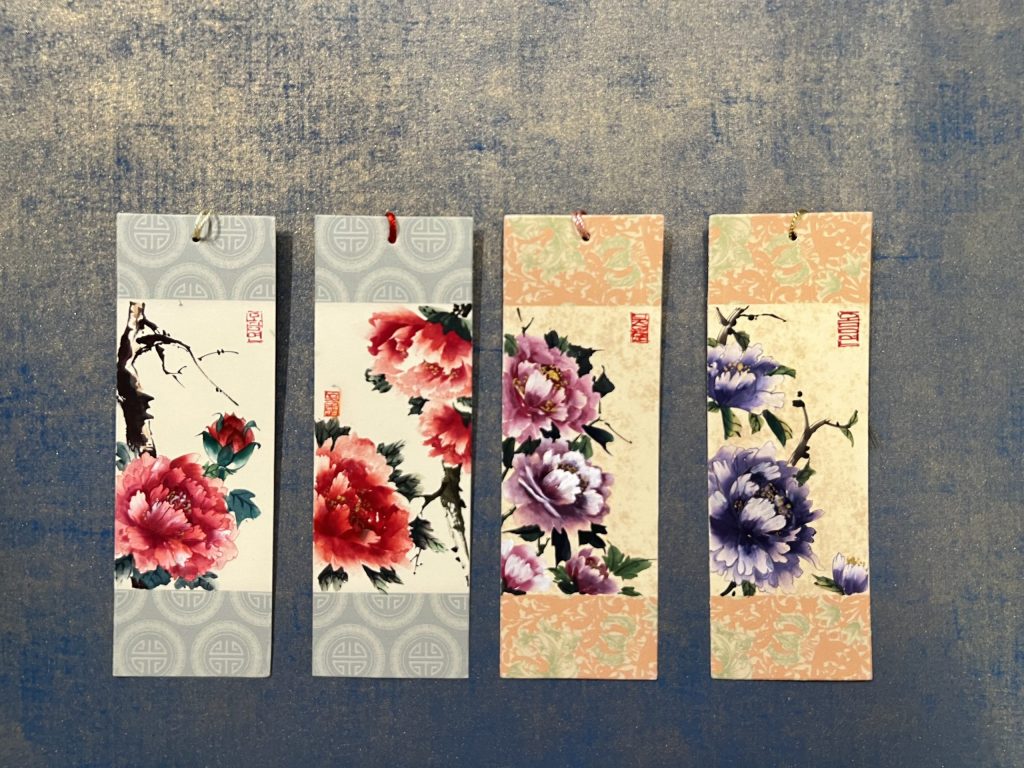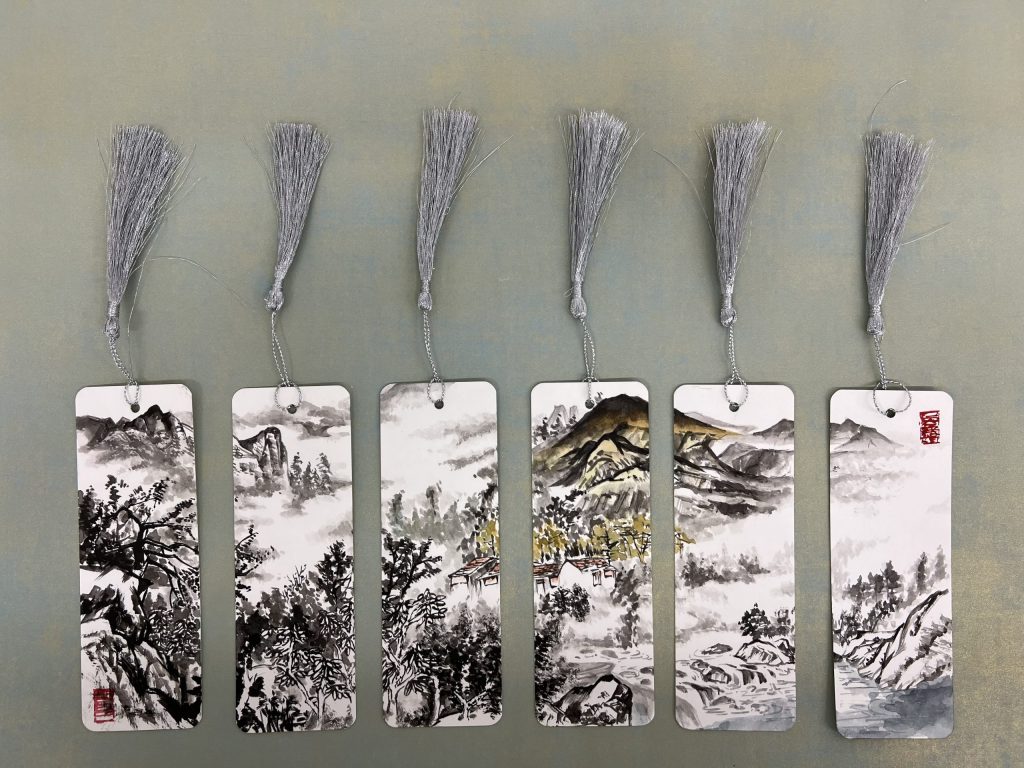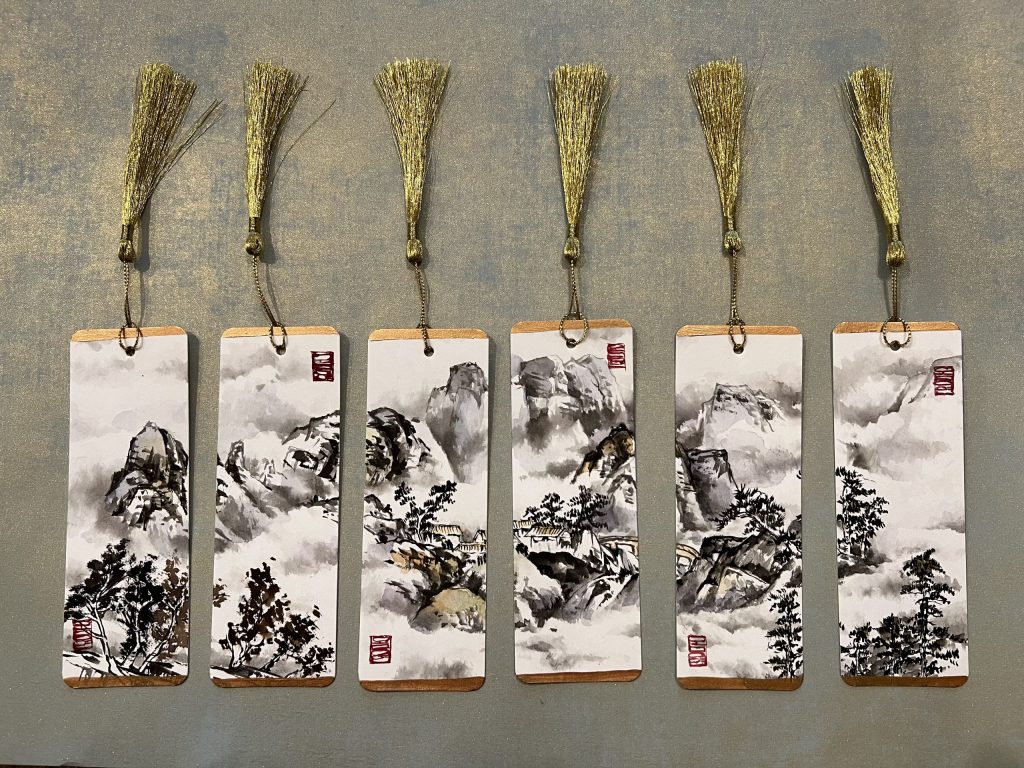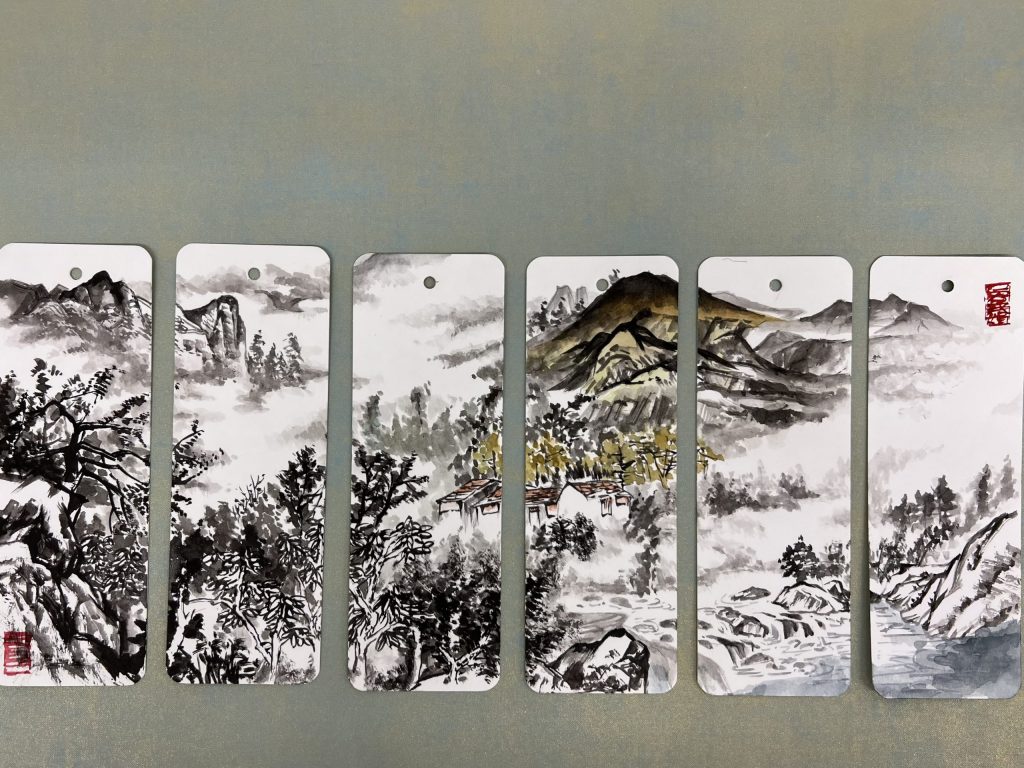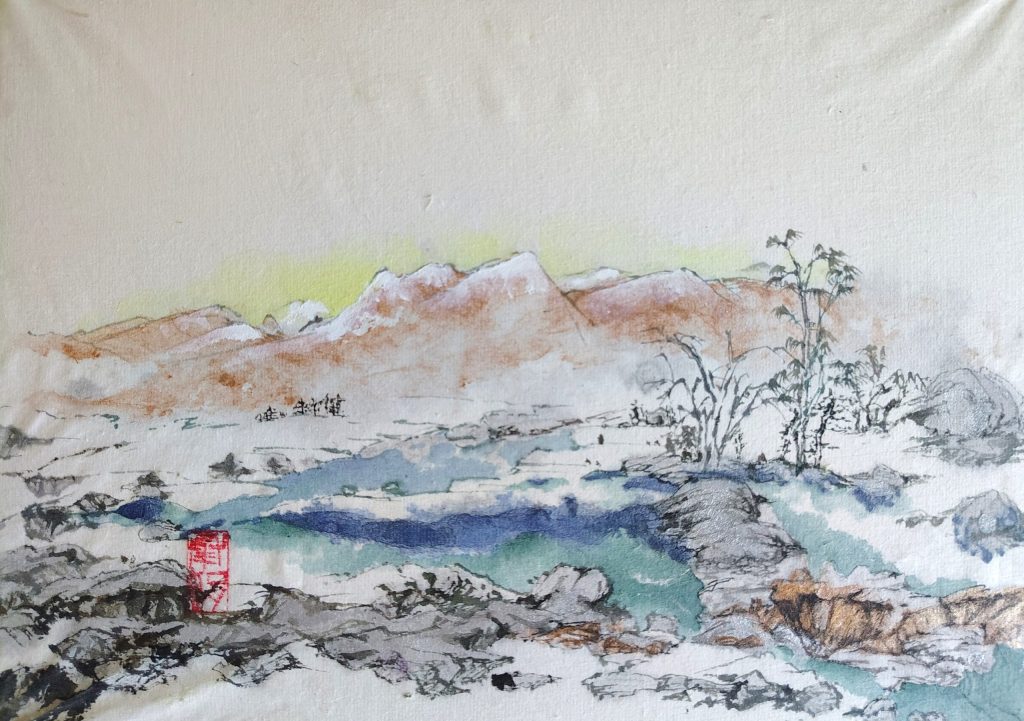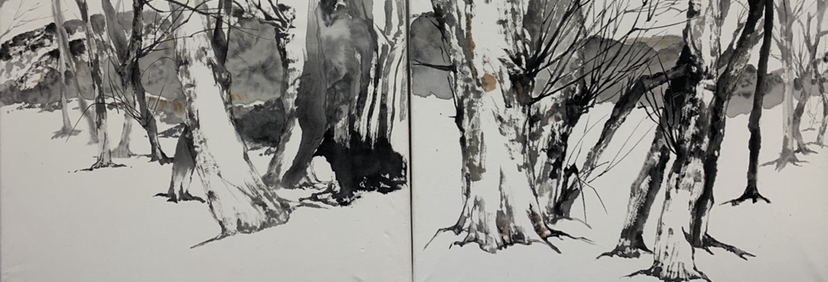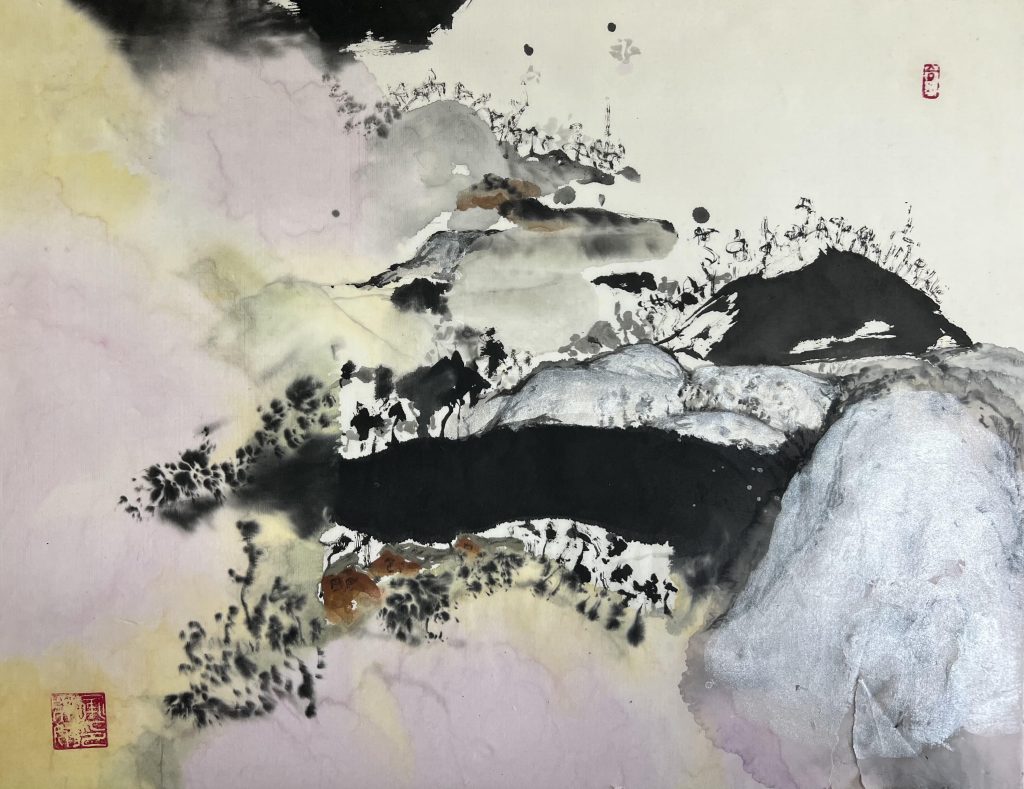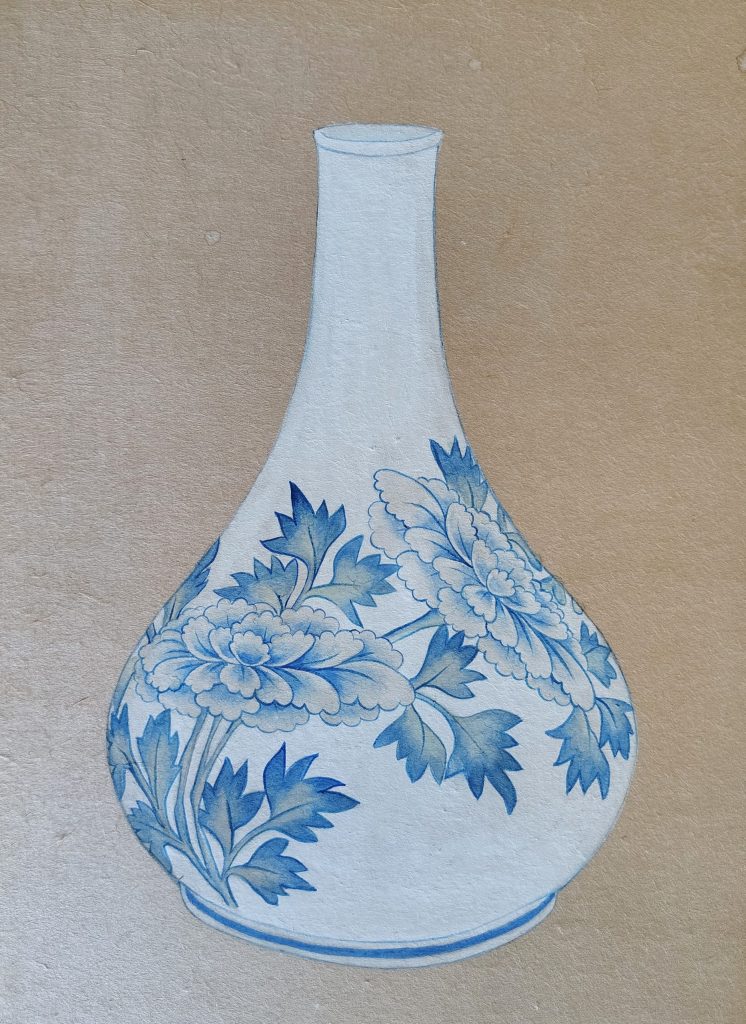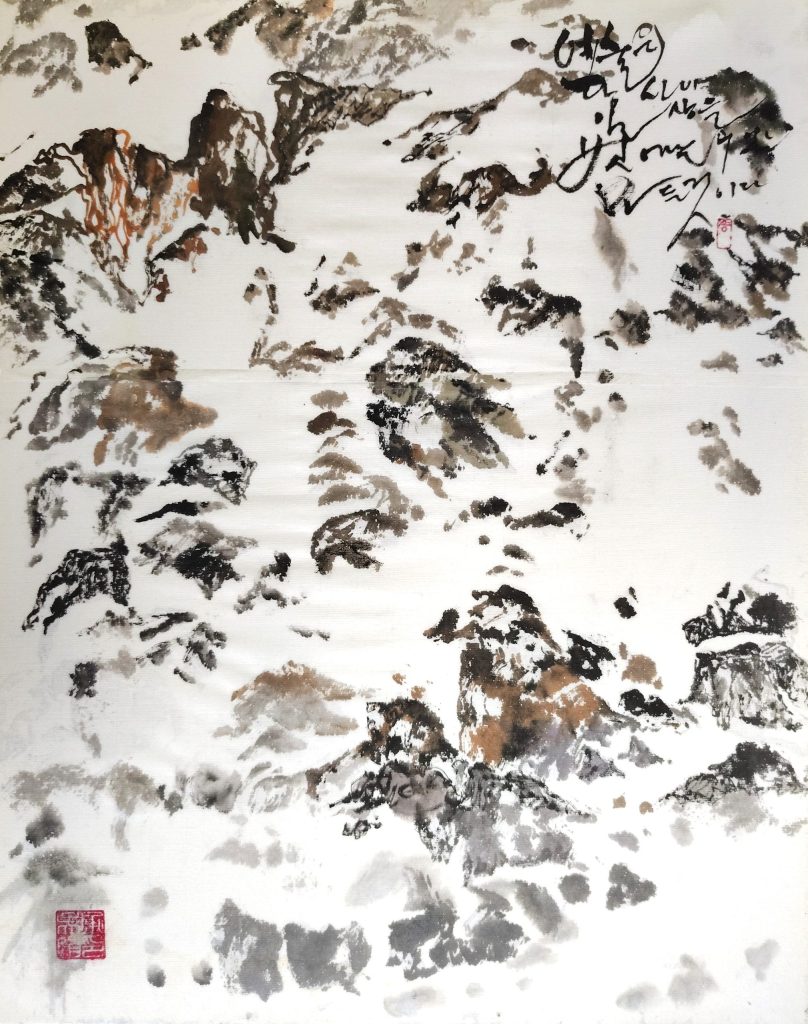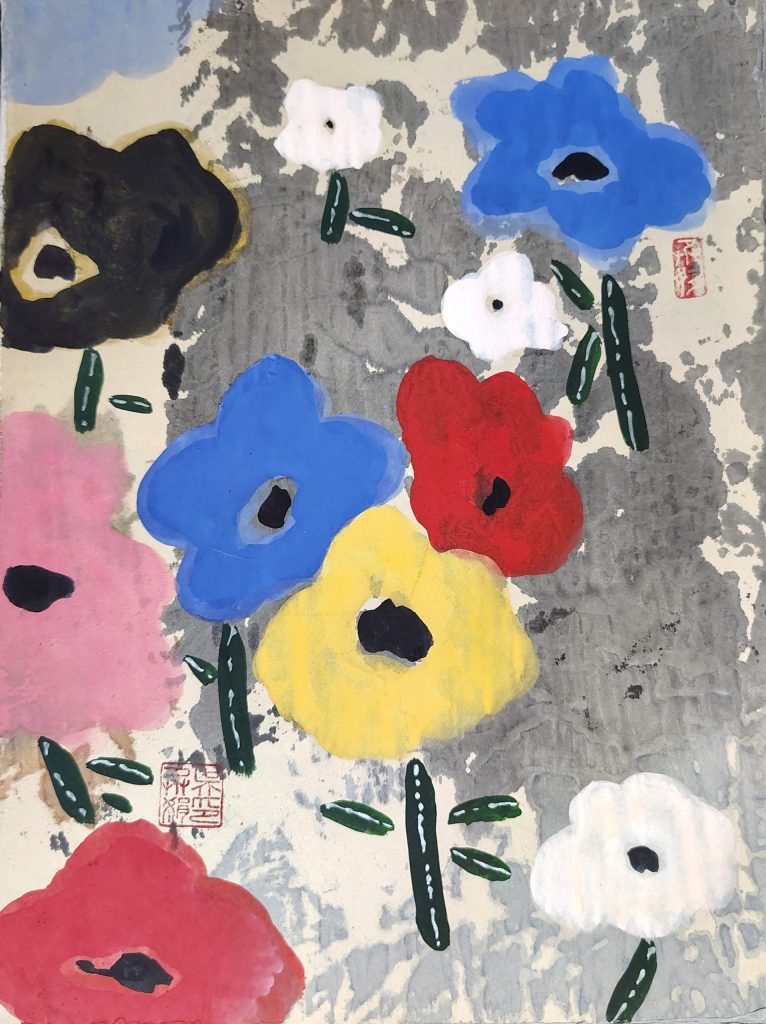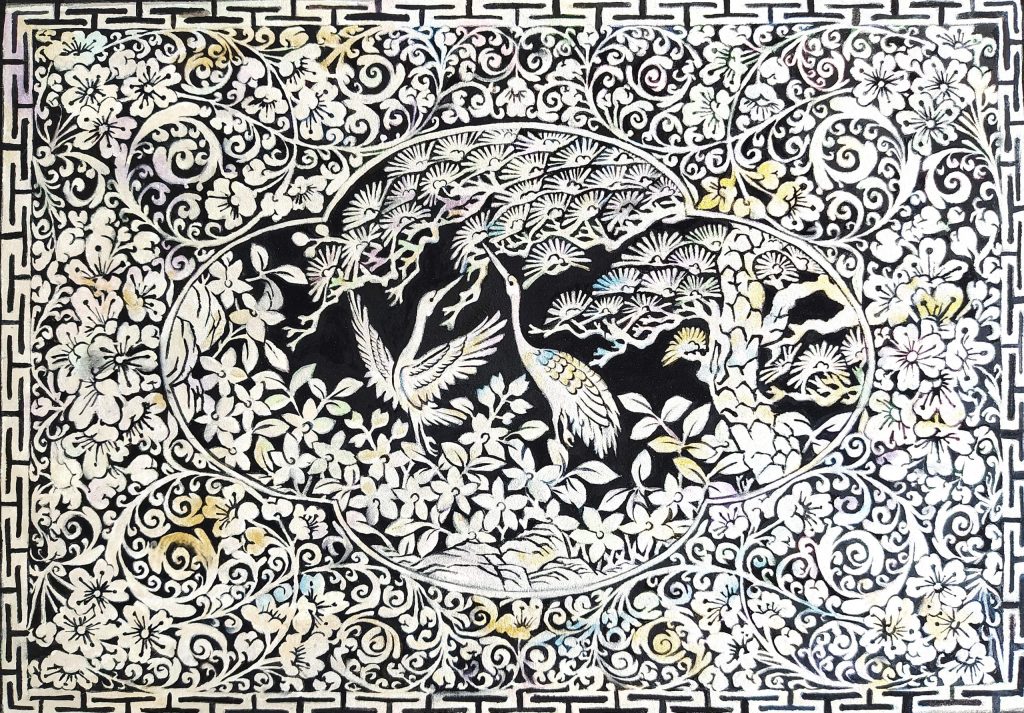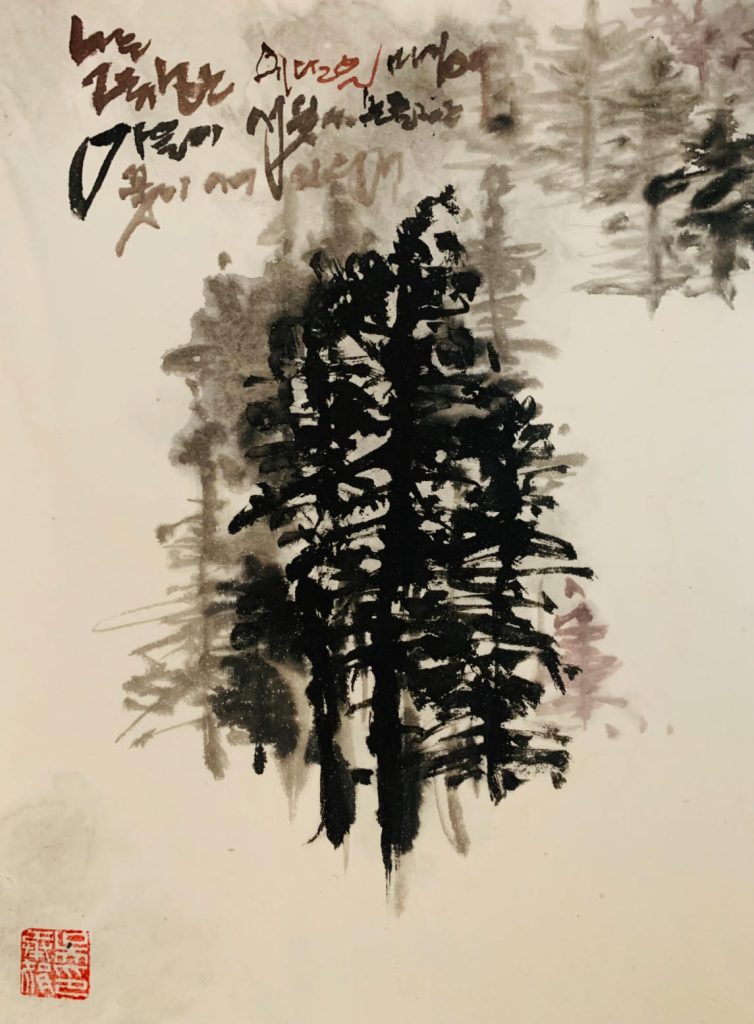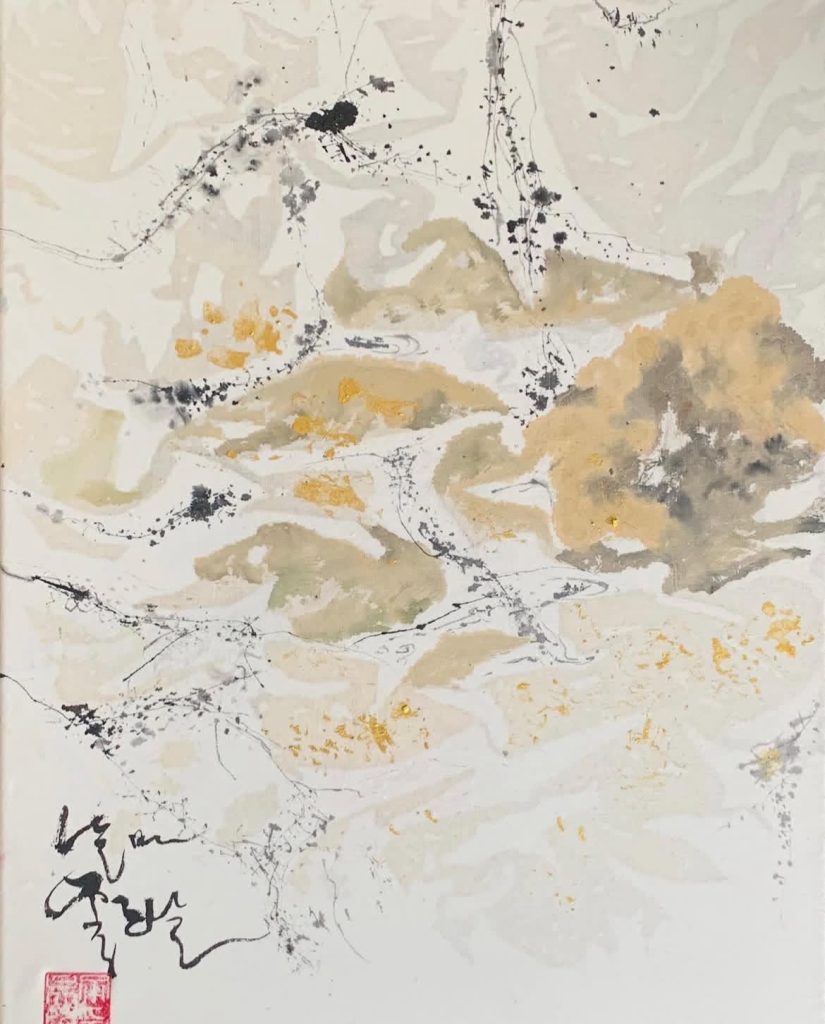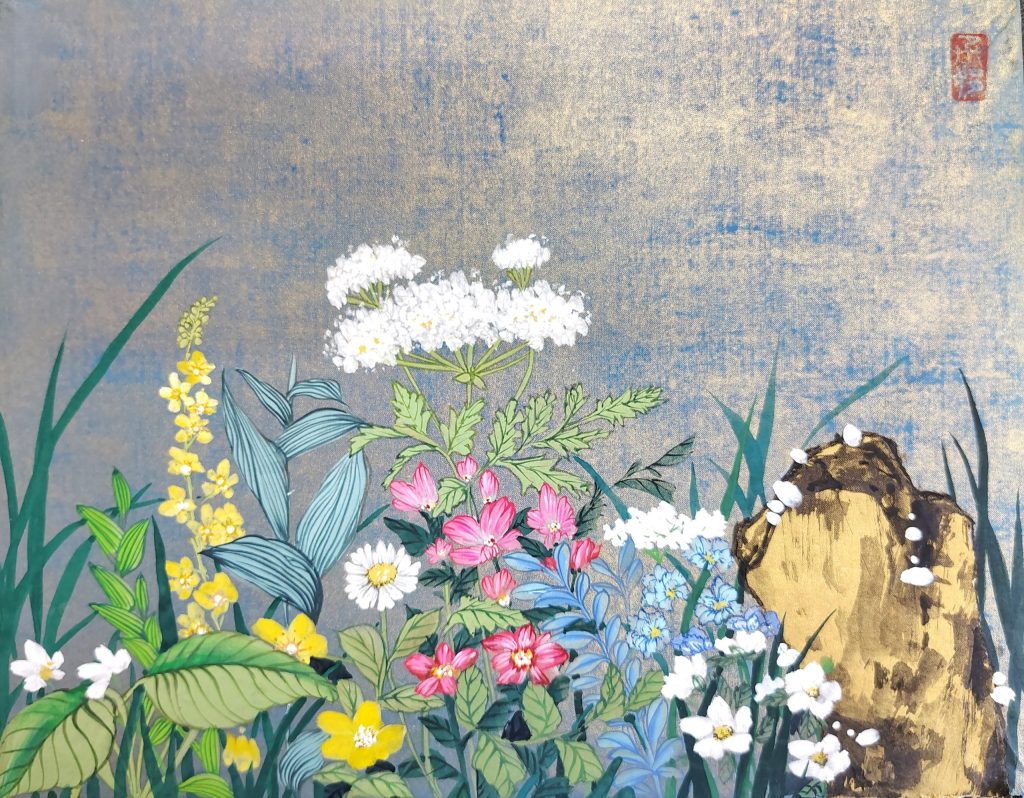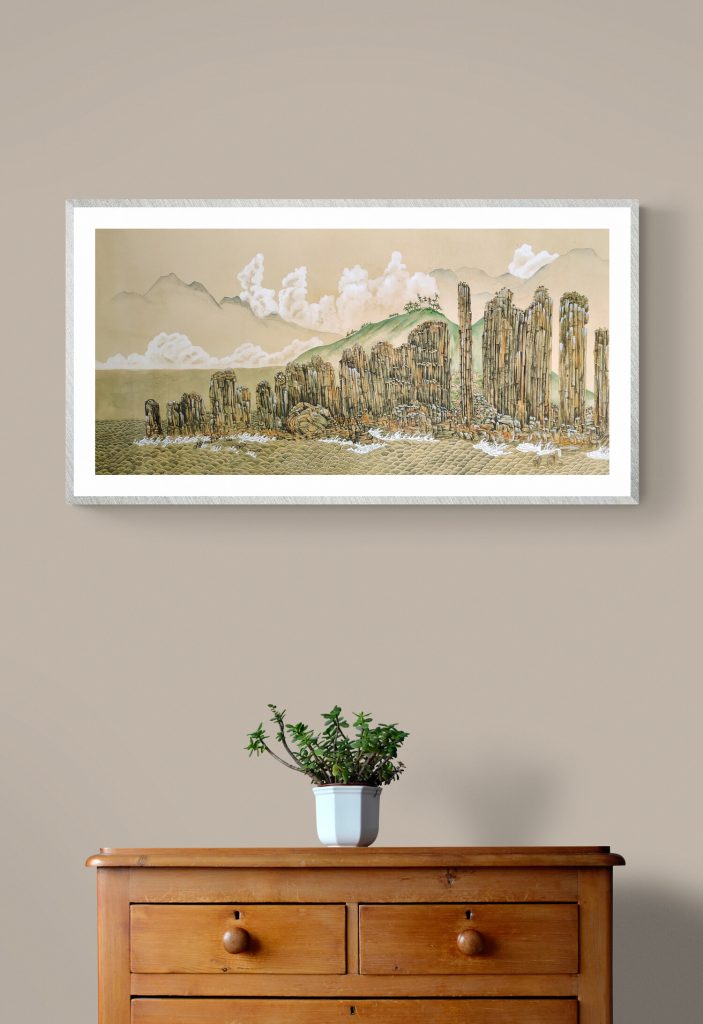
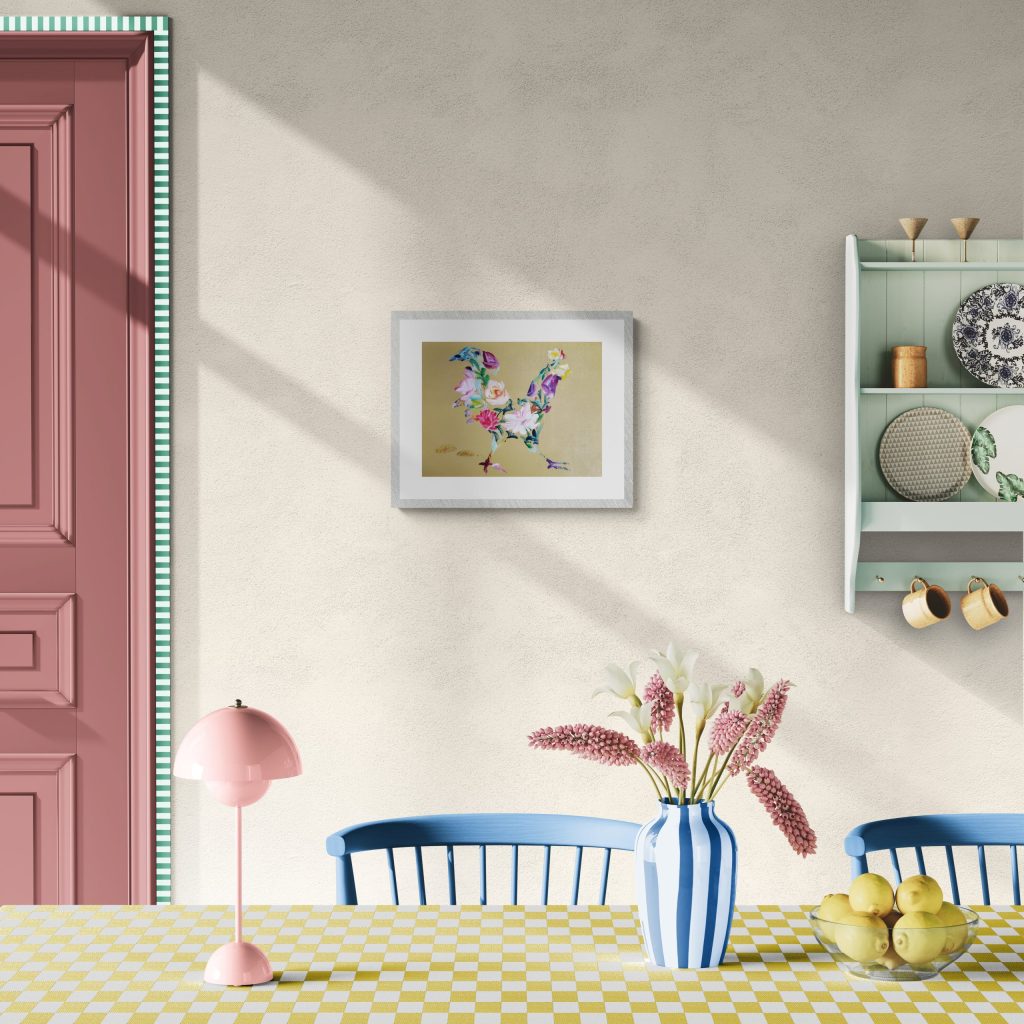
ARTist
Sarah Oh
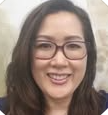
As an artist rooted in Korean heritage, I engage deeply with the rich traditions of Asian brush painting, reinterpreting classical themes through a contemporary lens. My work explores the dialogue between nature and spirit, drawing from genres like 산수화 (Landscape) and 화조화 (Flower and Bird) to reflect both timeless beauty and modern sensibilities. Using ink and subtle washes, I seek to reveal the invisible energies that connect us to the world and ourselves, blending tradition with personal expression. My practice honors the discipline of brushwork while embracing innovation, contributing to the evolving narrative of Korean and Asian art.
biography
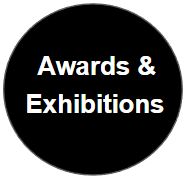
Group Exhibitions (1980–2022)
Participated in numerous curated group exhibitions over four decades, showcasing a diverse and evolving body of work across Korea and abroad.Second Solo Exhibition (2017)
Presented a mature and contemplative body of work, marking a significant return to the solo exhibition format.First Solo Exhibition (1996)
Debuted unique artistic voice in a well-received solo show, establishing as a notable emerging artist in Korea.Award-Winning Artist (1993–1997)
Received multiple national art awards in South Korea, recognizing early contributions to Korean / Asian art.
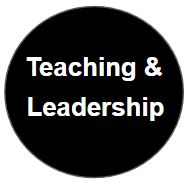
Art Instructor, Asian Brush Painting
Pasadena City College Extension | 2014 – Present
Leading specialized courses in traditional Asian brush techniques, fostering cultural appreciation and artistic mastery.Art Instructor, Korean Folk Art
Glendale Community College (C.S.E) | 2014 – 2022
Developed and taught comprehensive programs on Korean folk traditions, connecting students with rich cultural heritage.Adjunct Professor, Oriental Ink Art & Drawing
Horizon Institute College | 2014 – 2018
Delivered advanced instruction in Oriental ink techniques, mentoring emerging artists in both technical skill and conceptual depth.Curator
Gallery Verdugo | 2011 – 2012
Curated innovative exhibitions that highlighted contemporary Asian art, fostering dialogue between artists and communities

“Sarah Oh is classically trained artist specializing in Asian Brush Painting and Korean Folk Art. Her art work is expressive and mesmerizing. Sarah’s porfolio includes landscapes, flowers, birds, fruits and vegetables, the classic Four Gentlemen, fish and sea creatures, traditional Minhwa as well as contempory interpretations. Her accessory pieces are fun and playful, including bookmarks which are fabulous pieces of art in minature. The photographs of her artwork do not do justice to the warmth and depth of her actual work. Each piece is a treasure to be enjoyed and cherished.”
–Paula Whitman
“Sarah Oh’s work is a quiet revelation. With seemingly simple brushstrokes—repeated with purpose and precision—she evokes a profound inner depth that lingers long after viewing. Her art tells layered stories that shift with every angle, offering a meditative stillness while simultaneously inviting the viewer into a dynamic exploration of human duality.
There’s a brightness in her work—a gentle yet powerful emphasis on the resilience and joy that exist alongside hardship. Rooted in her Korean-American identity, Sarah’s practice bridges cultural landscapes, creating space for connection across differences. Her paintings are not just seen—they are felt, offering moments of reflection, recognition, and shared humanity.”
–D.C. Chung
“Ink in My Veins”
I came with quiet hands
from across the sea,
carrying ink, brushes,
and the stories of my ancestors—
unspoken, yet steady as breath.
California greeted me
with wide skies and winding freeways,
where traffic flows like water,
and headlights follow
the rhythm of thought,
the pulse of becoming.
In the stillness of rice paper,
I found my voice.
Through the curves of a plum blossom,
the hush of a bamboo stalk,
I grew—
not away from tradition,
but deeper into it.
Asian brush painting shaped me.
Its restraint taught me freedom,
its silence taught me song.
I learned that one shade of ink
holds countless tones—
just as oneself
holds a thousand stories.
The genres—화조화, 산수화, 사군자—
they were not limits,
but doorways
to wild, untamed dreams
rendered in calm, unwavering strokes.
In the glow of Los Angeles,
among its chaos and calm,
I matured.
Each freeway lane a meditation,
each skyline a rice paper,
each moment a chance
to see more with less.
Through simple colors,
I discovered infinite possibilities—
a quiet joy,
a deep respect,
and the endless love
that flows
from brush to heart
to world.
Asian Brush Painting (Ink Wash Painting)
Asian Brush Painting is rich in tradition and expressive in depth. It encompasses diverse styles such as Landscape Painting (산수화), Flower and Bird Painting (화조화), Fruit and Vegetable (소과도), The Four Gentlemen (사군자), Abstract (추상화) each offering a distinct perspective on nature and emotion.
Landscape Painting (산수화)
Landscape Painting (산수화) is not merely a representation of nature, but a spiritual journey. Rooted in Eastern philosophy, it unfolds like a silent poem—layer by layer—inviting the viewer to walk through mist-covered mountains, follow winding rivers, rest beneath ancient pines, or witness the glow of a distant hearth.
Unlike Western landscapes that often capture a fixed moment, 산수화 reveals time in motion. It is a living narrative—homes nestled in valleys, smoke rising from chimneys, clouds drifting across vast skies—each element carefully placed to guide the viewer’s mind through the artist’s inner world.
Landscape Painting (산수화) is the heart of Asian Brush Painting: a harmony of form and void, of presence and suggestion. It cannot be fully translated through the lens of Western realism, because its truth lies not in what is shown, but in what is felt. It reflects the dual nature of existence—joy through hardship, light through shadow—echoing the rhythms of both nature and human life.
Flower and Bird Painting (화조화)
Flower and Bird Painting (화조화) is a lyrical expression of life’s harmony, where nature becomes metaphor. Traditionally, the bird represents the masculine and the flower the feminine—together symbolizing love, marriage, and the interconnectedness of opposites. But beyond romantic symbolism, 화조화 carries layers of poetic meaning and subtle humor rooted in Korean aesthetics.
It reflects a worldview where beauty lies not in grand gestures but in small, attentive observations—a bird in motion, a blossom at rest, a silent moment of balance. These works are not mere studies of flora and fauna, but meditations on the emotional and spiritual currents of everyday life. Nature, in this tradition, becomes a mirror: expressing tenderness, irony, and the resilient joy found in the cycles of being.
Fruit and Vegetable (소과도)
Fruit and Vegetable Painting (소과도) transforms humble produce into vessels of deep meaning. Far from simple still life, these works are infused with fortune (복), fertility (다산), 장수 longevity (장수), and prosperity of descendants (자손 번창) —core ideals of traditional Korean life.
Each object carries layered symbolism: 가지 (eggplant) for example, are often associated with masculinity and vital force, evoking wishes for many healthy sons and a thriving lineage. These motifs are not merely decorative, but expressions of deeply held hopes for a life of abundance and continuity.
Rooted in everyday imagery yet brimming with spiritual resonance, 소과도 captures the sacred within the ordinary—a poetic celebration of life’s quiet blessings passed from one generation to the next.
Flower Painting (화훼화)
Flower-and-Plant Painting (화훼화) is a key genre in East Asian art that expresses more than natural beauty. Rooted in the literati tradition, it uses symbolic plants to reflect cultural ideals, personal cultivation, and philosophical insight. Each flower carries distinct meaning:
Lotus (연꽃) – Purity and spiritual awakening, rising unstained from muddy waters in Buddhist thought.
Peony (모란) – Wealth, honor, and fleeting beauty—symbolizing both prosperity and its impermanence.
Chrysanthemum (국화) – Endurance and quiet strength, blooming in autumn as a symbol of noble perseverance.
Plum Blossom (매화) – Resilience and renewal, flowering in winter as a sign of hope amid adversity.
Orchid (난초) – Modesty and inner refinement, reflecting the secluded grace of the virtuous scholar.
More than decorative, 화훼화 is a form of visual poetry—where brush and ink convey the artist’s inner world and a deeper harmony with nature.
The Four Gentlemen in Ink Painting (사군자)
The Four Gentlemen in Ink Painting (사군자) represent more than a genre of brushwork—they embody a cultivated philosophy of life. Through the elegant forms of plum blossom, orchid, bamboo, and chrysanthemum, East Asian scholar-artists conveyed the timeless ideals of moral integrity, inner resilience, humility, and contemplative endurance. Rooted in Confucian thought, these plants became visual metaphors for the virtuous scholar-gentleman, whose character, like ink on paper, is revealed not through grand gestures but through graceful restraint and spiritual discipline. Practicing the Four Gentlemen was not merely artistic expression but an act of self-cultivation—a quiet dialogue between nature, brush, and the soul.
Korean Folk Painting (민화)
Korean Folk Painting (민화) is a vibrant and symbolic art tradition that reflects the beliefs, wishes, and everyday lives of the Korean people. It encompasses various themes such as Peony (모란도), Flower and Bird Painting (화조화), Fish and Sea Creatures (어해도), Books and Treasures (책가도), the Ten Symbols of Longevity (십장생도), and Character Paintings (문자도), each carrying auspicious meanings and cultural values.
Fish and Sea Creature (어해도)
Fish and Sea Creature Painting (어해도) is a vibrant genre of Korean folk painting (민화) that features fish, crabs, and other aquatic life—not just for decoration, but as visual symbols of fortune and aspiration.
In traditional belief, fish represent abundance, prosperity, and fertility—swimming freely and laying countless eggs, they embody wishes for wealth and many children. Crabs, thought to resemble officials in their armor-like shells, symbolize academic success and career advancement.
Eohaedo is often displayed in homes as a charm for happiness, good luck, and family success. Playful yet meaningful, these colorful works reflect the everyday hopes of ordinary people—turning folk art into a joyful expression of life’s blessings and ambitions.
Books and Others (책가도)
Bookshelf Painting (책가도) is a meaningful genre of Korean Minhwa that depicts bookshelves filled with books and scholarly items—brushes, scrolls, inkstones, ceramics, and occasionally fruit or flowers.
Rooted in a cultural reverence for learning, Chaekgado symbolizes a deep respect for knowledge, wisdom, and academic achievement. Each object carries symbolic meaning:
Books represent learning and intellectual growth
Brushes and scrolls suggest study, writing, and scholarly ambition
Vases, flowers, or fruit symbolize good fortune and harmony
Even in homes without many books, families would hang Chaekgado as a visual wish—for education, success, and a prosperous life. Through layered symbolism, Chaekgado celebrates the power of learning to shape both the mind and the future.
10 Symbols of Longevity Painting (십장생도)
The Ten Symbols of Longevity Painting (십장생도) is a central theme in Korean Folk Painting (민화), featuring elements such as the sun, mountain, water, pine tree, crane, turtle, deer, bamboo, mushroom of immortality, and clouds. These symbols together express wishes for long life, health, and eternal harmony with nature.
Contemporary Korean Color Painting (채색화)
Contemporary Korean Color Painting (채색화) is a modern evolution of traditional Korean painting techniques, characterized by the use of rich mineral pigments and refined brushwork. While rooted in classical aesthetics, it explores current themes and forms, bridging heritage with contemporary expression to reflect modern Korean identity and sensibility.
Accessory pieces (소품)
Accessory Pieces (소품) in Korean art refer to smaller-scale works or decorative objects that complement larger compositions. These often include delicate paintings, calligraphy, or crafted items designed to enhance the overall aesthetic experience and showcase fine craftsmanship.
bOOKMarK ART
I create Asian brush paintings on bookmarks—small, intimate pieces of art made between moments of larger work. Each one is a quiet expression of my passion, a way to share beauty and meaning through simple strokes.
These bookmarks are more than just placeholders; they carry the joy of discovery, guiding you through the pages of a book, where each chapter holds a synoptic truth. Tucked between lines and words, they offer a pause, a breath, a moment of art within thought.
When ordering, you may enter your name in English or any language. I will translate it into Korean and handwrite it in traditional calligraphy, offering not just a name—but an artistic affirmation of identity.
It is an act of recognition, a celebration of who you are, and a small yet powerful reminder: in even the simplest things, there is space for beauty, for culture, and for self-empowerment.
“Every time I open my book and see the bookmark, it feels like a small piece of serenity tucked into my day. The brushwork is delicate, but it holds so much emotion. It’s more than a bookmark—it’s a personal piece of art that connects me to you and to something timeless.”
–Joanna Park
“I love how your bookmarks bring the spirit of Korean art into something so everyday. The handwritten Korean name makes it feel deeply personal, like it was made just for me. It reminds me that beauty can be quiet, simple, and still incredibly powerful.”
-Rachel Parker
Get a digital download of every painting you see on this site — the complete Sarah’s Gallery collection, delivered to your inbox!
artworks
Spring is here
Year 2022
Size (WxH) inches 11 13/16 x 9
Material Korean mulberry, ink, Korean watercolor
Frame Framed in Acrylic
Signed by Artist and Framed in Acrylic
Winter Trees Set 1 and 2
Year 2010
Size (WxH) inches 32 x 11 14/16
Material ink, rice paper,animal glue
Frame Framed in Acrylic
Signed by Artist and Framed in Acrylic
A road leading to Lake Powell
Year 2020
Size (WxH) inches10 14/16 x 13 14/16
Material Korean mulberry paper,ink, Korean watercolor, animal glue
Frame Framed in Acrylic
Signed by Artist and Framed in Acrylic
High in the mountains
Year 2019
Size (WxH) inches 11 x 14
Material Korean mulberry paper,ink, Korean watercolor, animal glue,acrylic paint
Frame Framed in Acrylic
Signed by Artist and Framed in Acrylic
The road that made me mature l
Size (WxH) inches17 14/16 x 13 14/16
Signed by Artist and Framed in Acrylic
White Porcelain 1
Year 2024
Size (WxH) inches8 14/16 x 13
Material Korean mulberry paper, Korean watercolor, animal glue
Frame Framed in Acrylic
Signed by Artist and Framed in Acrylic
Snowy landscape
Year 2018
Size (WxH) inches15 14/16 x 19 14/16
Material Rice paper,ink, Korean watercolor
Signed by Artist and Framed in Acrylic
Flower Series 7 (모란)
Year 2018
Size (WxH) inches15 14/16 x 19 14/16
Material Rice paper,ink, Korean watercolor
Ships from Los Angeles
Flower Series 1
Year 2019
Size (WxH) inches 11 14/16 x 15 14/16
MaterialRice paper, Korean watercolor, ink
Frame Framed in Acrylic
Signed by Artist and Framed in Acrylic
A Flower and Bird Painting in Mother- of- Pearl style ll
Year 2024
Size (WxH) inches 9x 12
Material Korean mulberry paper, Korean watercolor, animal glue, shimmering paint
Frame Framed in Acrylic
Signed by Artist and Framed in Acrylic
In the snowy forest
Year 2018
Size (WxH) inches 10 14/16 x 14
Material Rice paper, ink, Korean watercolor
Frame Framed in Acrylic
Signed by Artist and Framed in Acrylic
The road that made me mature Il
Year
Size (WxH) inches11 14/16 x 15 14/16
Material
Frame Framed in Acrylic
Signed by Artist and Framed in Acrylic
Botanical garden
Year 2019
Size (WxH) inches13 14/16 x 11
Material Gold Chinese Xuan paper, powdered pigments, animal glue
Frame Framed in Acrylic
Signed by Artist and Framed in Acrylic
Flower Chicken
Year 2025
Size (WxH) inches 11 14/16 x 16
Material Gold Chinese Xuan paper,ink, Korean watercolor, gold acrylic paint
Frame Framed in Acrylic
Signed by Artist and Framed in Acrylic
